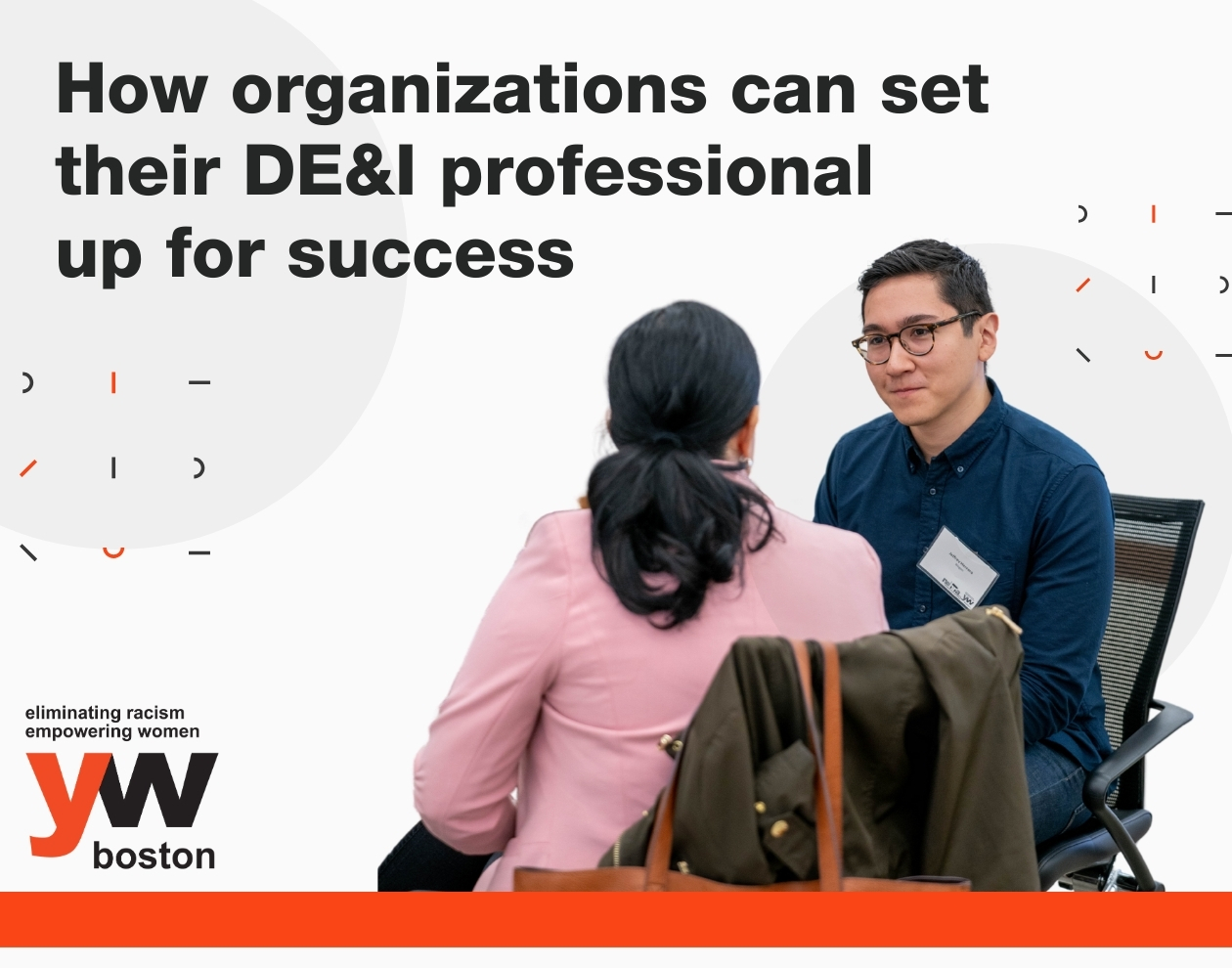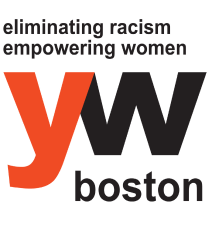
September 28, 2020
How organizations can set their DE&I professional up for success
As more organizations commit to equity and inclusion efforts in response to the Black Lives Matter movement, the number of job openings for diversity, equity, and inclusion (DE&I) professionals continues to skyrocket. According to The Washington Post, workplaces “slashed hiring for diversity and inclusion jobs” when COVID-19 spread throughout the United States in March, “with openings for those roles falling twice as fast as for other listings.” People of color, and especially women of color, were disproportionally negatively affected by COVID-19’s health and financial consequences, making it a disastrous time for companies to lay off professionals dedicated to equity. However, as the year progressed and organizations created their plans for equity and inclusion, “D&I postings rose 50 percent in June on Glassdoor, the largest percentage increase over a four-week period since January 2016.”
It is encouraging to see the number of organizations taking this step and hiring or expanding their DE&I teams. Organizations must recognize that this step is exactly that: one step as a part of an organization-wide DE&I strategy. Whether topics of equity and inclusion are new to a workplace or not, there are crucial measures each organization must take to ensure their new DE&I hire is set up for success. We sat down with Anouska Bhattacharyya, Ph.D., YW Boston’s Director of InclusionBoston, to learn more about how, when properly supported, a DE&I practitioner can help an organization meet their equity and inclusion goals.
Why can it be beneficial to hire a DE&I professional?
There is no particular role that a DE&I practitioner may fill. Potential job titles include ‘Director of DE&I,’ ‘Diversity and Inclusion Manager,’ or ‘Chief Inclusion and Belonging Officer.’ Their job description will include ensuring the organization makes improvements on their diversity, equity, and inclusion goals. Depending on the organization, the practitioner may work as a part of the team or may be the sole employee whose entire role is dedicated to DE&I.

One assumption companies often make is that the professional’s job is to increase diversity, first and foremost. As Anouska explains, “People think of diversity as something you can see. Of course, there is diversity that is visually apparent, but there are so many other types of diversity…The equity and inclusion stuff is what you feel. You should be able to feel you can bring your most authentic self to work and work with people who are bringing their most authentic selves to work. Out of that feeling, you take steps that help you see the rainbow of diversity.” Their job descriptions should be, and often are, focused not just on helping the organization secure a more visually diverse staff. Their work is to evolve the organization’s culture to a place that DE&I is centered in every initiative and department.
The effect of hiring a DE&I professional and providing them with the support they need can transform an organization. “When done right,” Anouska explains, “it is phenomenal. When you not only bring in someone who has expertise, but that also you as a company have an understanding of what the need is, the effect can be real sustainable change that not only makes the employees feel better, but that genuinely improves productivity, outreach, and even the bottom line.”
How can an organization find success by supporting their DE&I employees?
- Recognize that DE&I is a journey. Hiring a DE&I professional can be an incredibly powerful way to commit to your DE&I plan, but the work does not begin and end with them. As Anouska puts it, “The most successful companies realize DEI is a journey and bring in the specialists who help them along their journey. They don’t expect that they can hire them and jump to the end, and then never have to think about it again.” There are always to improve your organization’s inclusivity and culture.
- Have an understanding of your organization before onboarding a DE&I professional. To set a new DE&I hire up for success, an organization must have some knowledge about where they stand on diversity, equity, and inclusion. As Anouska explains, “You can’t ask the professional, whether they are a newcomer or someone existing in the company, to both do organizational network analysis and do the work of DE&I. They are going to have to do both that discovery and assessment before they even begin to implement their expertise.” Anouska had a tasty metaphor to further set expectations: “You wouldn’t bring in a beautiful piece of Kobe beef and then ask it to turn on the oven and create the meal. You have to know why you are bringing these ingredients in. You are the chef. Yes, go and get the Kobe beef of DE&I professionals, but also think about what is happening in the kitchen. You have to understand how you are using the ingredients or else it is a waste.”
- Have a clear idea of what you would like to achieve. Every organizations’ DE&I solution is going to look different. So, no newly hired DE&I professional can come in with a ready-to-do plan. To get them started, Anouska recommends having an idea of what you want to achieve, even if it is a simple list of goals. For instance, ask yourself, ‘In our five-year report, I want to say ____ about diversity’ and go from there.
- Ensure their access to all departments and projects. When speaking with Anouska, she brought up Sara Ahmed’s book On Being Included, in which Sara explains that when DE&I practitioners are hired, their work is expected to begin and end in their office. There is a risk of siloing them away from the rest of staff, which puts a cap on the amount of success they can achieve. Anouska recommends treating DE&I like any other initiatives important to the company. If you are trying to improve productivity, you don’t label one office the ‘Office of Productivity.’ Instead, you would go to each department and ask, ‘What does productivity mean to you?’ Treat inclusion with the same level of importance, and ensure your DE&I professional has the access they need to discover and implement helpful interventions.
- Allocate the resources necessary. If an organization plans to commit to DE&I, they must provide both symbolic and tangible support. No DE&I professional can succeed without a budget they can work with. You must also protect the time of all staff members to devote to DE&I. Your DE&I goals can only be achieved when all staff members have space and time to learn, ask questions, and try new things.
Ensure your entire staff feels empowered to further your DE&I goals
To be successful, DE&I must be an organization-wide initiative and all staff members must feel empowered to make change within their workplan and their department.
This can start with establishing a healthy relationship between your DE&I professional and the rest of the staff. If you are a staff member who doesn’t make decisions related to the DE&I professional’s role, you can still support their work. Anouska says that one of the most helpful things you can do is “ask questions, especially when you feel confused about what is going on.” When faced with new questions or initiatives, existing staff members may not feel they are able to keep up. So, “asking this person or this set of people, ‘I don’t know what that means. Can you show me how to do that?’ does a few things: (1) It gives that person feedback on how they are implementing these initiatives and where the sticky points are and (2) It allows them to direct even more resources and attention to you and your department.”
A key component of the InclusionBoston model is: Policies and practices should not be crafted by outsiders. They should be crafted by those invested the organization, the employees. If an organization engages their entire staff in DE&I work, including envisioning and carrying out the plan, they will create a stronger foundation for the organization to grow on. That is why InclusionBoston doesn’t just try to solve an organization’s DE&I problems. Instead, the team works to build the capacity of the staff to address any DE&I challenges that arise. As Anouska explains, “We will help you develop the capacity to learn where the sticky points are and empower you to have difficult conversations, so that in five years when there are different issues facing the company, you are so much better at addressing them.” Investing in DE&I now, by empowering both your DE&I practitioner and your entire staff, will ensure you are setting up your employees and your organization up for success, whatever may come next.
___
InclusionBoston advances diversity, equity, and inclusion by partnering with organizations looking for improved results. Using our advanced assessment tool and the latest research on behavioral and organizational change, we partner with organizations to create an action plan and provide them with the resources needed to drive lasting change. Our customized, evidence-based approach builds internal capacity and promotes cultural change while supporting organizations throughout their journey. YW Boston also offers one-day workshops where participants explore frameworks, develop knowledge, and engage in dialogue.
Ready to unlock the power of diversity in the workplace? Click here to learn more about InclusionBoston and request your free consultation.

